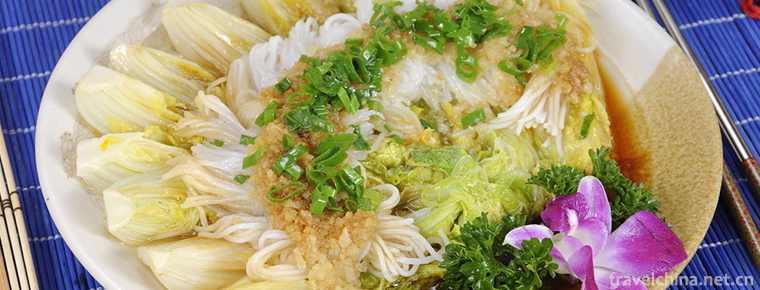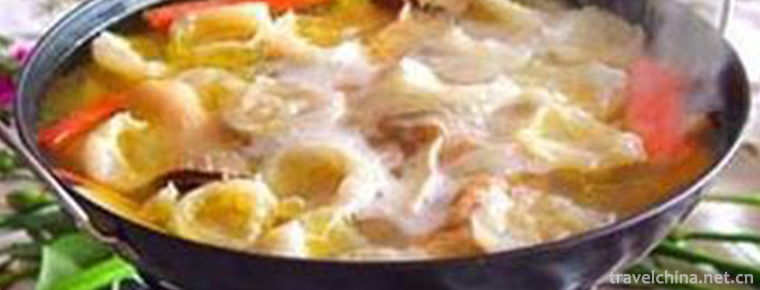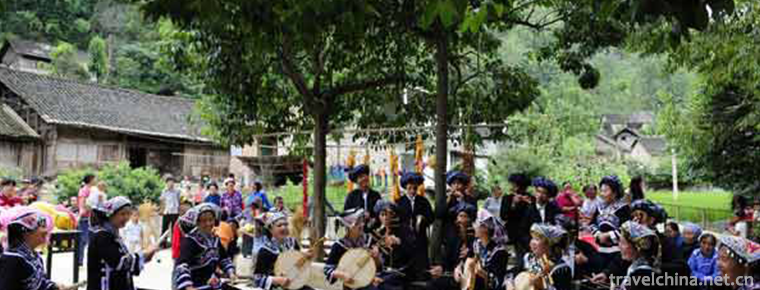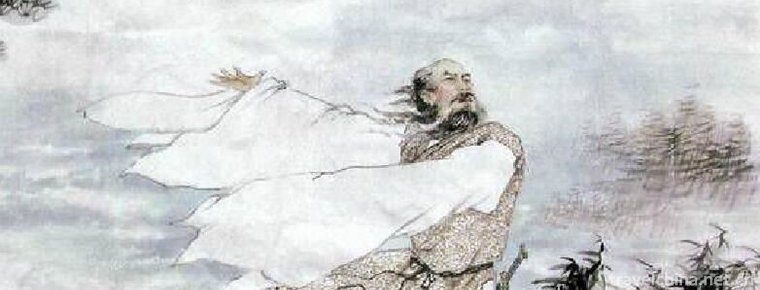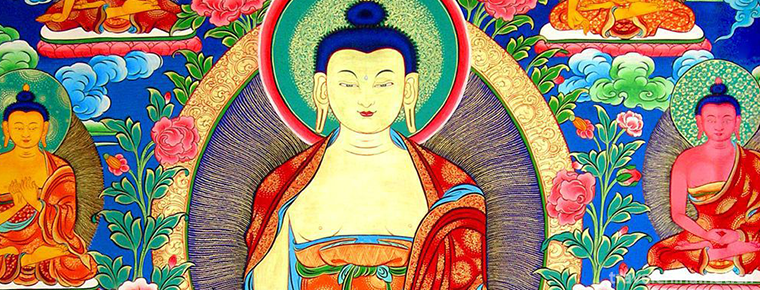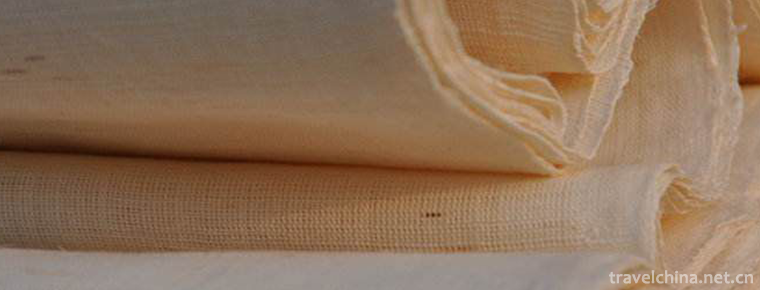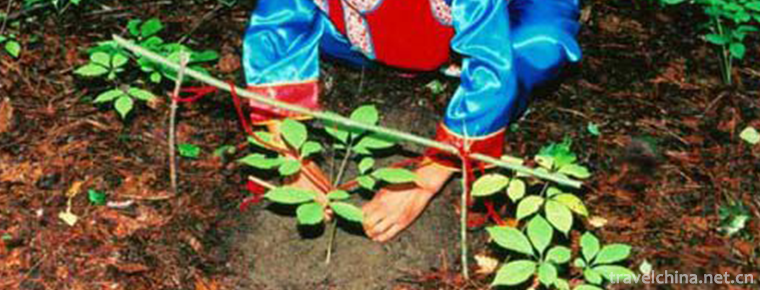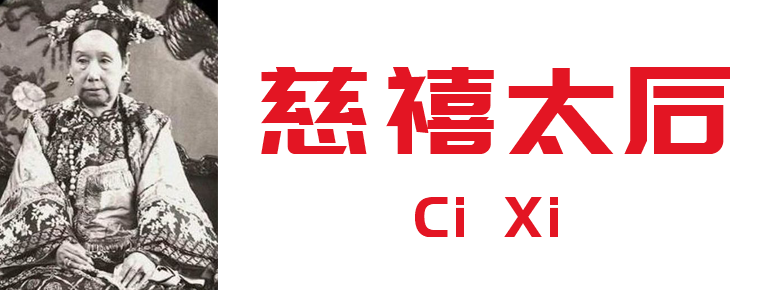Bronze Ware Making Skills Datong Copper Ware Making Skills
Bronze Ware Making Skills Datong Copper Ware Making Skills
Provincial batches: the second batch at the provincial level
National batches: the fourth batch at the national level
(From Shanxi Cultural Cloud)
Datong bronze ware is a traditional handicraft of the Han nationality. It has a long history and exquisite craftsmanship. As early as the Northern Wei Dynasty, it enjoyed a great reputation. Since the Tang and Song Dynasties, Datong bronze ware has been sold well all over the country. So far, folk slang has been circulating about "watching Buddha scenery on Wutai Mountain and buying bronze ware in Datong City".
During the Northern Wei Dynasty, there was a copper-cast Buddha statue in Datong. Military craftsmen in Xijing (now Datong City) of Liao Dynasty were able to make guns, crossbows and other weapons. In the early Yuan Dynasty, there were 760 copper smelters in Datong. By the Ming and Qing Dynasties, bronze wares penetrated into all aspects of life at that time. Weapons, containers, production tools, daily necessities and decorations are all available. Datong Courtyard Lane is called "Bronze Craftsman Street". There are dozens of bronze craftsmen shops in the 100-meter-long street, gathering hundreds of skilled craftsmen.
Datong Copper Hotpot is a representative work of Datong Copper Wares. It consists of chassis, pot body, fire seat, copper cover, fire drum and small cover. On the chassis, pot body, pot cover and small cover, the designs of "Dragon and Phoenix Chengxiang", "Magpie Dengmei", "Eight Immortals Crossing the Sea" and "Flowers and Birds Landscape" are engraved respectively. Its production processes are shaping, casting, welding, tin plating, chips, polishing, assembly and so on. Its beautiful shape, exquisite craftsmanship, durable, with strong national and local characteristics, deeply loved by customers. When Premier Zhou Enlai accompanied French President Pompidou on his visit in 1973, he presented the bronze hotpot carved with the pattern of "Nine Dragons Fighting Moon" to President Pompidou as a gift.

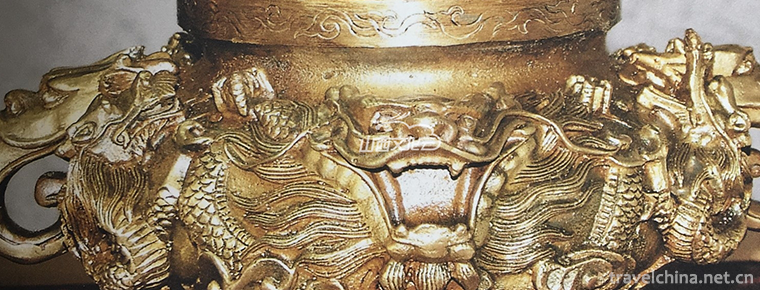
-
Vegetable party
Vegetable party (alias Su Chunjuan) is one of the common local traditional snacks in Guiyang. It can be seen almost everywhere in the streets of Guiyang. This dish is crisp.
Views: 176 Time 2018-11-05 -
Fish Swallow in Bazhen Fresh Soup
Ingredients: Six or two fish swallows are served well. Lentinus edodes, crab willow, Jinhua ham, clam, shrimp.
Views: 200 Time 2019-03-27 -
Buyi Eight tone Sitting Singing
Buyi eight-tone sitting-singing, also known as "Buyi eight-tone", is a form of folk music and singing handed down from generation to generation by the Buyi people.
Views: 109 Time 2019-04-04 -
The Dragon Boat Festival
Dragon Boat Festival, also known as Dragon Boat Festival, Double Boat Festival, Midday Festival, Dragon Boat Festival, Zhengyang Festival, Bath Orchid Festival, Tianzhong Festival,.
Views: 99 Time 2019-04-28 -
Jingzhou Huagu Opera
Jingzhou Huagu Opera, a local traditional drama in Hubei Province, is one of the national intangible cultural heritage..
Views: 154 Time 2019-05-08 -
Kirgiz hawk taming custom
Originating in the East, the Falcon has a history of 4000 years. The custom of taming Eagles has been handed down orally without any written records. However, the Kirgiz people have kept the saying .
Views: 133 Time 2019-05-09 -
regong art
Regong art is an important part of Tibetan Buddhist art in China and a school with wide influence. It originated in Longwu River Basin in Tongren County, Huangnan Tibetan Autonomous Prefecture, Qingha.
Views: 355 Time 2019-06-11 -
Weaving Techniques of Summer Cloth
Wanzai summer cloth is completely manually woven. Its production process mainly consists of ramie treatment, yarn performance and weaving. It needs many processes to weave..
Views: 202 Time 2019-07-01 -
The Custom of Collecting Ginseng in Changbai Mountain
The custom of collecting ginseng in Changbai Mountain has a long history. As early as the middle of the 3rd century, ginseng has been excavated. In order to survive and find, excavate and preserve gin.
Views: 153 Time 2019-07-25 -
Empress Dowager Ci Xi
Ci Xi (November 29, 1835 - November 15, 1908) is the queen of Xiao Qin chin. Yehiel Bernard La Shi, Xianfeng Emperor Concubines, Tongzhi Emperor The birth mother. Important in late Qing Dynasty Politi.
Views: 251 Time 2019-09-07 -
Guangan landform
The topography of Guang'an City is fan-shaped distributed between the hills and parallel valleys in eastern Sichuan, which belongs to the Sichuan basin bottom extending to the basin periphery gradually. The Huaying mountains, which run through the so.
Views: 103 Time 2020-12-19

